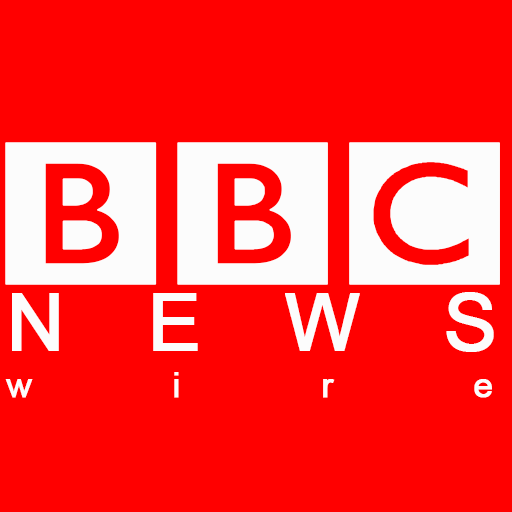Octopus Energy tells customers ‘bills will go up’ as it issues £1,755 warning | Personal Finance | Finance
Octopus Energy has told customers on variable energy tariffs that their bills will rise from October.
Energy regulator Ofgem has confirmed its energy price cap will increase by 2% from October 1 for households in England, Scotland and Wales, despite falling wholesale prices. The new price cap means the average home paying by direct debit for gas and electricity will see their bills rise from £1,720 per year to £1,755 – an increase of £35 from the current price.
Standing charges, which are what consumers pay per day to have energy supplied to their homes, will also rise from October by 4% for electricity and 14% for gas, or 7p per day, which is primarily driven by the government’s expansion of the Warm Home Discount Scheme.
The price cap sets the maximum rate per unit and standing charge that customers can be charged by suppliers for their energy use but not the total bill, so those who use more energy ultimately pay more.
But the price cap rate is only paid by households that aren’t currently on a fixed tariff, so if you switch, it’s possible to undercut the cost significantly.
In response to the latest price cap being confirmed, Octopus Energy issued a message to customers on its website warning that households on a variable tariff will face higher bills from October.
The supplier said: “From 1 October to 31 December 2025, the price of energy for a typical home that uses both electricity and gas, and pays by Direct Debit, will go up by 2% to £1,755 per year – meaning bills for customers on a variable tariff will rise by around £2.93 per month.”
Octopus Energy has advised affected customers to check its current tariffs as it’s possible to undercut the October price cap by switching to a cheaper rate.
The supplier added: “The energy price cap only applies to those on a flexible tariff (or variable tariff). As the price cap has gone up a notch, it’s worth thinking about locking in your rates on a fixed tariff – as these currently offer our cheapest prices.
“The price cap follows the cost of energy, which changes based on things like supply and demand, the weather, and global events – that’s why it goes up and down. If you’re on a flexible tariff (also known as a variable tariff), your prices are linked to the price cap and move with the market to reflect the actual cost of energy. Our Flexible tariff has always been below the price cap, so you’ll know you’re getting great value.
“However, some people prefer fixed rates for peace of mind. If you’re on a fixed tariff, your energy price stays the same for a set time – and right now, these offer our cheapest rates.
“That doesn’t mean your bill will be the same each month – if you use more energy, you’ll pay more – but you won’t be hit with sudden price changes, giving you extra security.”





